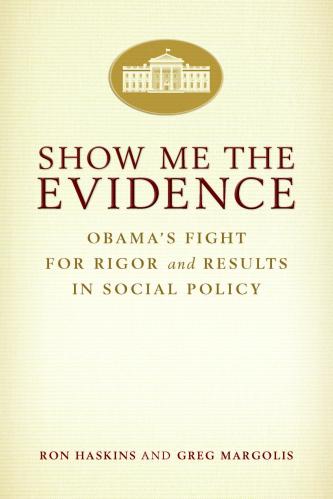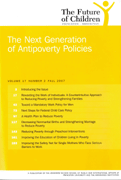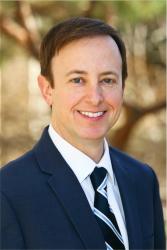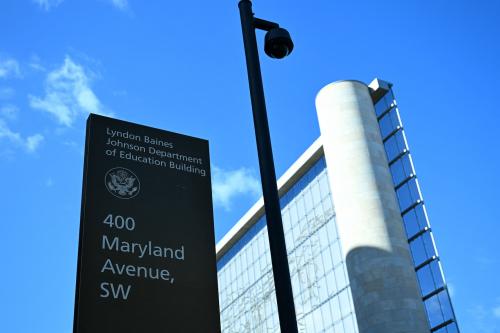This article originally appeared on Government Executive on July 5, 2017.
How can federal agencies help governors, mayors and other local leaders craft innovative solutions to pressing policy challenges, even in an era of flat or declining funding? A remarkable finding from the Federal Performance Partnership Pilots for Disconnected Youth (P3) initiative suggests a way: Federal agencies can unleash creative new approaches simply by myth busting, meaning working with states and localities to correct misunderstandings about the flexibility they already have when using federal funds.
First, some quick background on P3. To help states and localities bridge programmatic silos to serve disconnected youth (young people who are not in school and not working), in 2014 Congress authorized several federal agencies to enter into agreements with up to 10 states, regions, localities, or tribal communities per year. The agreements provide sites with additional flexibility in using federal funds across multiple programs in exchange for being held accountable for achieving specific youth outcomes.
Strikingly, just putting a federal process in place to respond to requests for flexibility from P3 sites removed about one-third of the barriers preventing those sites from innovating and operating more efficiently—without even tapping the additional flexibility that Congress provided. That finding is consistent with what the Education Department learned with its “Ed-Flex” initiative in the 1990s: simply creating a process to review and respond to requests for flexibility removed a third of the barriers—no new waiver authority needed.
How could this be? Federal programs, it turns out, often provide more flexibility than states and localities realize. What a mayor or governor might see as an insurmountable constraint to innovation might actually be a myth: federal programs may already allow funds to be used or combined in the ways a mayor or governor wants. What was lacking was a reasonable way for them to find this out.
Every federal agency should draw from the lesson of P3 and Ed-Flex and create a “myth-busters” team. The team would provide timely responses to state, local and tribal requests to implement multiple federal programs in a coordinated way. For example, a mayor’s office might ask if their city can launch a new initiative that combines federal funds, or adjusts eligibility rules, to better serve a specific target population—say, people addicted to opioids. The myth-busters team would let the office know. If the answer is no, the team would try to identify other federal resources the city could use to achieve its goals. Myth busting is not about bending the rules, but rather about transparency and problem solving.
Establishing federal myth busters would be low-cost, since their role would be to provide accurate and timely information and advice, not additional funding. And by unleashing more effective and efficient strategies to address stubborn policy problems, the payoffs would be significant. The myth-buster positions would easily pay for themselves, many times over.
Creating Flexibility
While myth busting initiatives could address many of the barriers to state and local innovation, the rest will require new federal flexibility. That is why Congress should launch a P3-type initiative in every priority area of social policy, from improving early education to reducing recidivism. It is an approach that has broad political appeal, given its focus on flexibility and accountability for results, as well as its safeguards for vulnerable populations. In fact, P3 has enjoyed strong support from both Republicans and Democrats and across three separate appropriation subcommittees.
Together, agency myth busting and expansion of the P3 approach could help modernize programs implemented at the state and local levels. Today many of those programs are overly prescriptive, focused on compliance rather than outcomes, and generally have few incentives for continuous improvement through the use of evidence and data. Because a significant portion of federal policy is implemented at the state and local levels, making government more results focused cannot simply be achieved by changing or reorganizing internal federal operations. It will also require ensuring that state and local partners have the ability and incentive to focus on results.
Thaddeus Ferber is a Vice President at the Forum for Youth Investment, which advocated for and helped bring about the P3 legislation. Aside from Ferber’s affiliation the Forum for Youth Investment, the authors did not receive financial support from any firm or person for this article or from any firm or person with a financial or political interest in this article. They are currently not an officer, director, or board member of any organization with an interest in this article.
The Brookings Institution is committed to quality, independence, and impact.
We are supported by a diverse array of funders. In line with our values and policies, each Brookings publication represents the sole views of its author(s).









Commentary
Op-edIt’s time to bust some myths about how states can use federal funds
July 5, 2017